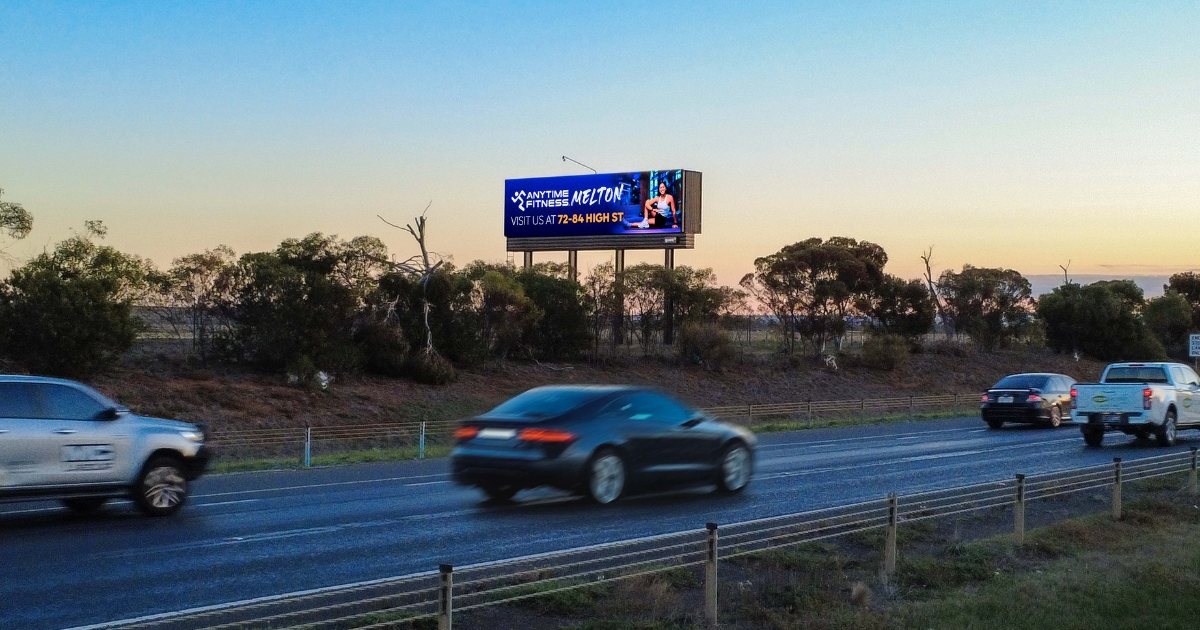Association wants fix for Indented Head erosion

Indented Head Community Association member David Marks, secretary Ingrid Novosel and president Alan Bowman with the groyne separating the two stretches of beach - the sand buildup is clearly visible. Photo: JAMES TAYLOR
THE Indented Head Community Association is worried their town’s swimmers-only beach is being lost to erosion, and want a better solution than thousands of cubic metres of sand being dumped in the area.
The association argues removing nearby groynes would be an easy fix, but the Department of Environment, Land, Water and Planning (DELWP) says it will not do so.
Association secretary Ingrid Novosel said two timber groynes built in 2017 near the swimmers-only beach at Taylors Reserve stopped the natural movement of sand along the coastline, which led to severe erosion undermining the seawall there in 2018 and 2019.
DELWP deposited 5,000 cubic metres of sand at Taylors Reserve and another 2,000 cubic metres at nearby Wrathall Reserve in November 2020, part of the state government’s $8 million Port Phillip Bay Beaches Renourishment Program.

Ms Novosel said the association warned DELWP the sand would not last over the summer and were proved right, estimating 90 per cent of the sand had washed away within six weeks.
“Six months later, it was all gone, and they told us (it would last) between five to 10 years.
“At the moment, we’ve got a light covering of sand but it’s still at the base of the seawall, and this is a problem.
“They’re actually now talking about further beach nourishment. Well, it’s going to fail again.
“If 7,000 cubic meters didn’t work. anything else they top up – there’s nothing to top up! What was there has gone.”
When the Times News Group visited the beach earlier this week, sand was banked up against the groyne immediately to the north.
Ms Novosel said removing this groyne would be a compromise, as it would allow sand to move south from the beach in front of Anderson Reserve.
“They could do away with half of this and still have a decent beach, and the other half would end up moving down there.”
The Taylors Reserve beach (between Walpole and Jubilee avenues) is Indented Head’s sole beach where boats are not allowed, and the zone will be extended to 200 metres offshore by Parks Victoria in 2015-16, but Ms Novosel said the beach was now highly unappealing to the community, with erosion sometimes so severe it exposed the underlying rock base, as it did in April this year.
A DELWP spokesperson said the Indented Head sand renourishment was “performing as it was designed to by coastal engineers from Water Technology”.
“The groynes are helping to retain sand on the beach. Our analysis suggest little to none of the initial nourishment volume has left the area around the groynes. The changes in width and volume are considered to be due to profile equilibration (cross-shore) and localised alongshore shifts of sediment.
“Beaches experience natural changes and variations in sand build up and removal depending on various conditions across the seasons. At times there will be more sand on the beaches and at other times there will be less.”
Ms Novosel said DELWP had not replied to requests to attend the association’s recent general meeting or for an on-site meeting at the beach.
“Our engineers met with the Indented Head community during the design of the beach renourishment, and also had chance meeting with a member of the association in early May with the Committee of Management,” the DELWP spokesperson said in response.
“We value the local knowledge and input the community shares by monitoring the coastline and providing feedback.
“We have committed to continue to monitor the performance of the beach before making any decisions on future works.”

















